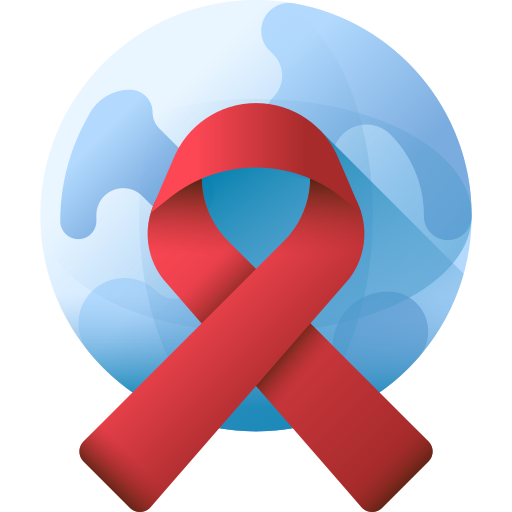Response To HIV and AIDS
HIV/AIDS has been a global health crisis for several decades, with an estimated 38 million people living with HIV worldwide. In response to this challenge, the UN established UNAIDS in 1996 to coordinate and strengthen the global response to HIV and AIDS. UNAIDS works closely with other UN agencies, including WHO, UNICEF, and UNFPA, to develop and implement policies and programs to prevent new HIV infections, provide treatment, care, and support to those living with HIV, and reduce the stigma and discrimination associated with the disease.
Global Policies in Relation to HIV and AIDS
One of the key policies implemented by UNAIDS is the 90-90-90 strategy, which aims to achieve the following targets by 2020: 90% of people living with HIV know their status, 90% of those diagnosed with HIV are receiving antiretroviral therapy (ART), and 90% of those on ART have suppressed viral loads. This AIDs strategy has been successful in increasing the number of people on treatment and reducing the number of new infections. In 2019, an estimated 81% of people living with HIV knew their status, 67% were on treatment, and 59% had achieved viral suppression.
UNAIDS also works towards achieving the SDG target of ending the AIDS epidemic by 2030. This target is closely linked to SDG 3, which focuses on ensuring healthy lives and promoting well-being for all at all ages. To achieve this goal, UNAIDS has set specific targets, such as reducing new HIV infections by 75% and ensuring that 95% of people living with HIV know their status, receive treatment, and have suppressed viral loads.
In addition to UNAIDS, WHO also plays a critical role in developing and implementing a global strategic direction, policies as effective response to HIV and AIDS. WHO has developed a set of guidelines and recommendations for HIV prevention, treatment, and care, which are regularly updated based on the latest scientific evidence. These guidelines are used by national governments and organizations to develop their policies and programs related to HIV/AIDS.
UNICEF and UNFPA also have policies and programs in place to address the impact of HIV/AIDS on children, adolescents, and women. UNICEF’s role in the global response to HIV and AIDS includes advocating for the rights of children affected by the disease, providing support for children orphaned by AIDS, and promoting prevention and treatment services for adolescents. UNFPA focuses on preventing new HIV infections among women and girls, providing access to sexual and reproductive health services, and addressing gender inequalities that increase the risk of HIV.
Challenges and Future Directions
Despite the progress made in the global response to HIV and AIDS, there are still significant challenges that need to be addressed. One of the main challenges is the unequal access to HIV prevention, treatment, and care services, particularly in low- and middle-income countries. This is due to factors such as poverty, discrimination, and lack of political will. To address this issue, there is a need for increased funding and resources, as well as stronger partnerships between governments, international organizations, and civil society.
Another challenge is the increasing number of new HIV infections among key populations, including men who have sex with men, sex workers, people who inject drugs, and transgender people. These populations face high levels of stigma and discrimination, making it difficult for them to access HIV prevention, treatment, and care services. There is a need for more targeted and tailored interventions to reach these populations and address the underlying social and structural factors that increase their vulnerability to HIV.
In terms of future directions, there is a need for a more integrated and holistic response to HIV and AIDS. This includes addressing the social and structural determinants of health, such as poverty, gender inequality, and human rights violations. It also involves strengthening health systems to ensure that all people, regardless of their background or location, have access to quality HIV services. Additionally, there is a need for increased research and innovation to develop new prevention and treatment strategies, as well as a cure for HIV.
Conclusion
In conclusion, global policies developed and implemented by organizations such as UNAIDS, WHO, UNICEF, UNFPA, and the SDGs have played a crucial role in the global response to HIV and AIDS. These policies have led to significant progress in reducing new infections, increasing access to treatment, and improving the quality of life for people living with HIV. However, challenges such as unequal access to services and increasing new infections among key populations remain, and there is a need for continued efforts to address them. By working together and implementing evidence-based policies and programs, we can move closer to achieving the goal of ending the AIDS epidemic by 2030.









